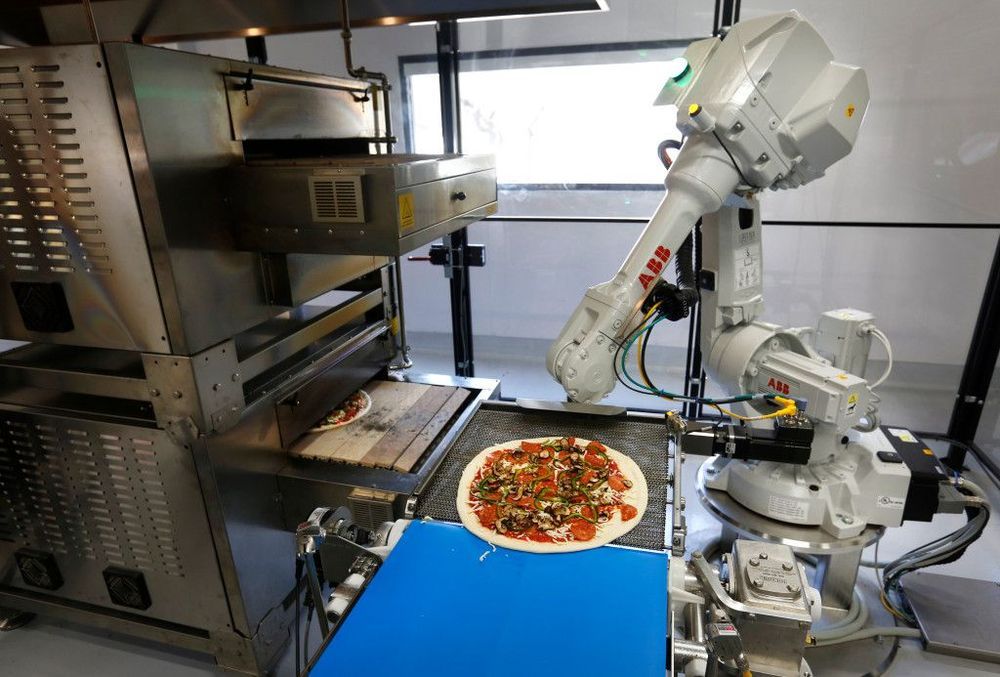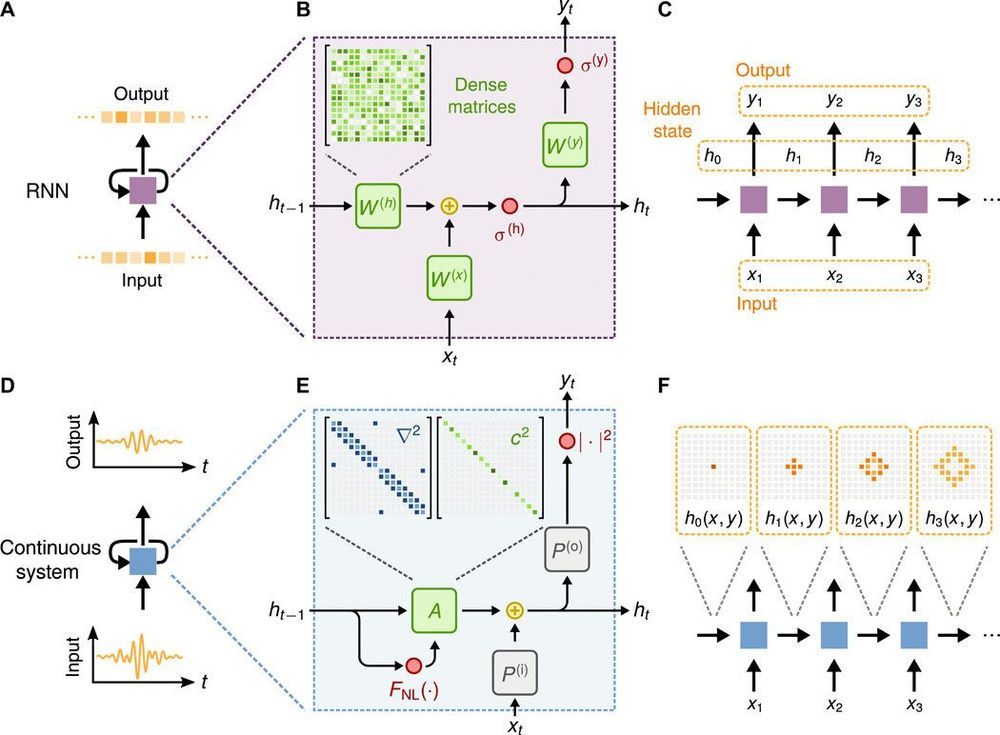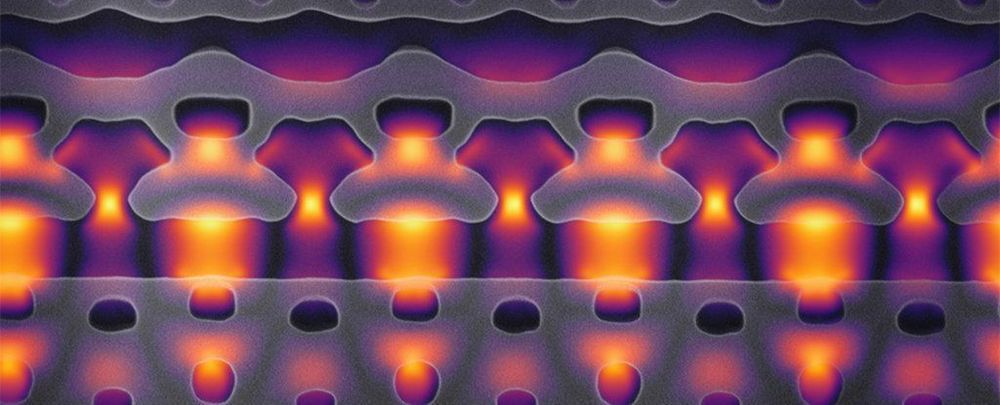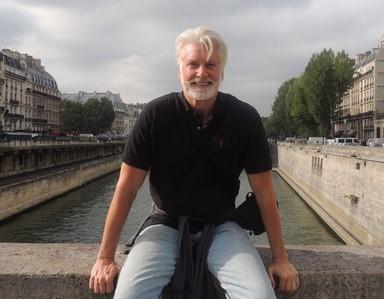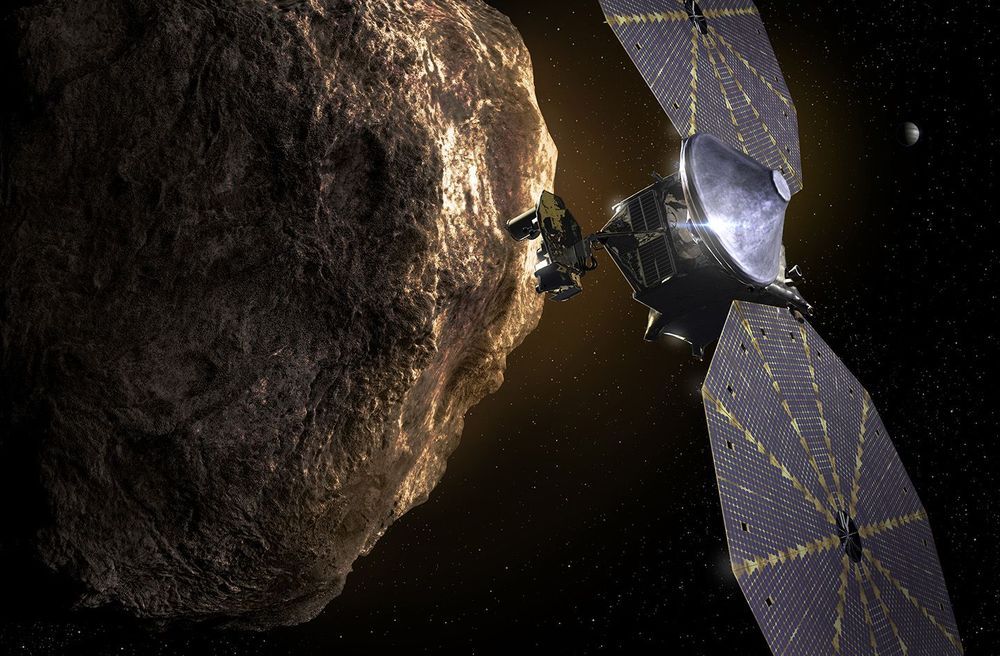Scientists have discovered that when an essential key protein needed to generate novel brain cells during pregnancy and early childhood days of the offspring is missing, which makes the brain goes haywire. This particular deprivation causes an imbalance in brain’s circuitry can lead to long-term cognitive and movement behaviours characteristic of autism spectrum disorder.” During brain development, there is a coordinated series of events that have to occur at the right time and the right place in order to establish the appropriate number of cells with the right connections,” said Juan Pablo Zanin, Rutgers-Newark research associate, and lead author.” Each of these steps is carefully regulated and if any of these steps are not regulated correctly, this can impact behaviour.

